Chinese research institutions have completed testing and analysis of samples independently collected by Chinese experts near the release outlet of Fukushima's nuclear-contaminated water, detecting no abnormalities in the radioactive concentration of radionuclides such as tritium, cesium-137, and strontium-90.
According to information from the China's National Nuclear Safety Administration, October 2024 marked China's first independent sampling of the Fukushima nuclear wastewater release.
As per the workflow of the International Atomic Energy Agency (IAEA), specific data will be compiled and released by the IAEA.
Experts stated that independent sampling of Fukushima nuclear wastewater discharge by China and other stakeholders helps the international community obtain accurate and reliable data, monitor the impact of the discharge in a timely manner, and cross-verify results with IAEA and Japanese monitoring. This represents a key aspect of implementing international oversight over the discharge.
Based on various monitoring data available so far, there is no indication that the discharge has affected marine life in the relevant waters.
Experts also emphasized that there is no precedent for the release of Fukushima's nuclear-contaminated water. Japan's unilateral decision to initiate the discharge lacks legitimacy and reasonableness, and a cautious approach should always be maintained from a scientific perspective.
Single-test results have limited reference value, and international monitoring under the IAEA framework is a long-term effort. Stakeholders such as China will continue to participate and conduct independent sampling and monitoring.








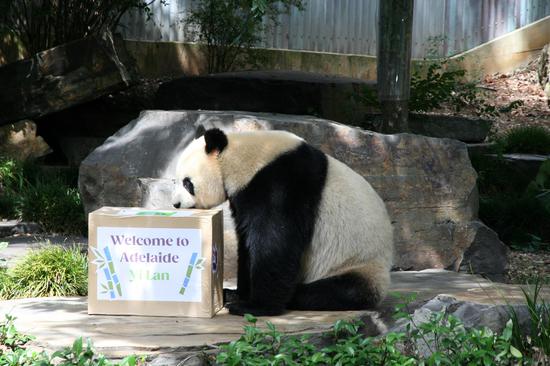
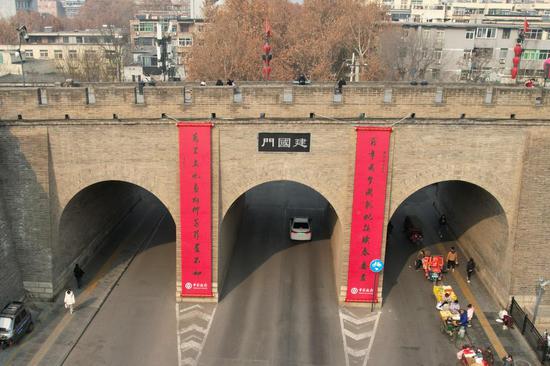

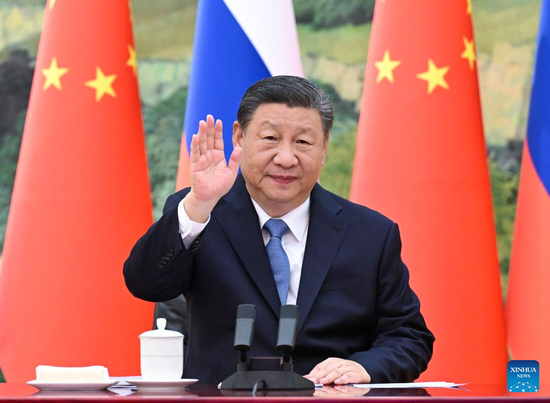
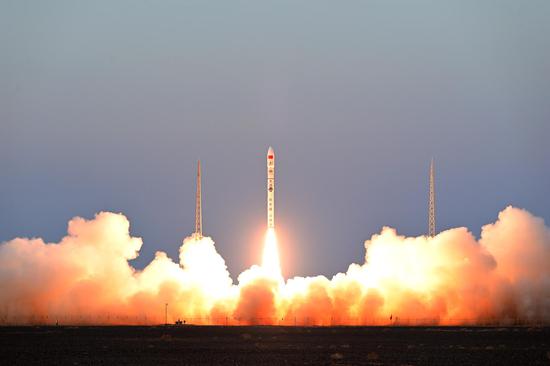


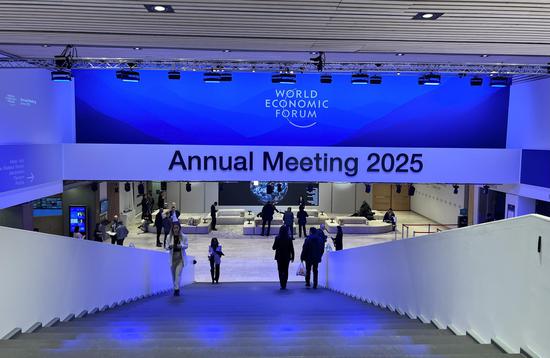
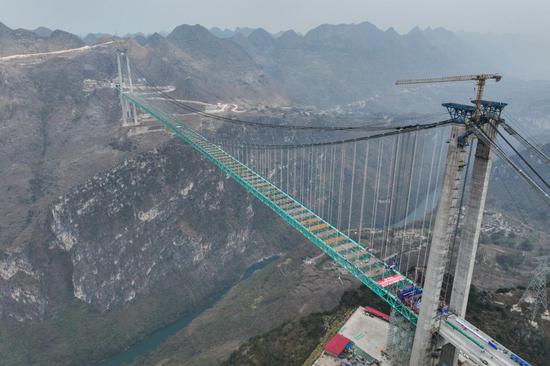




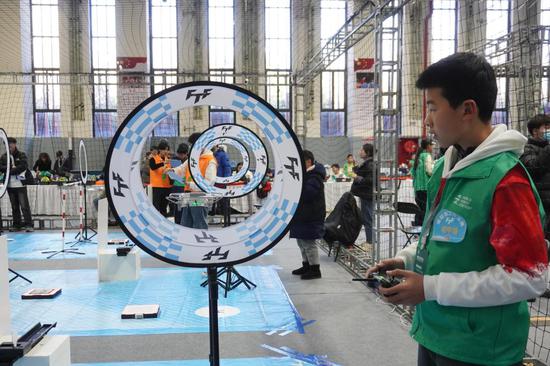
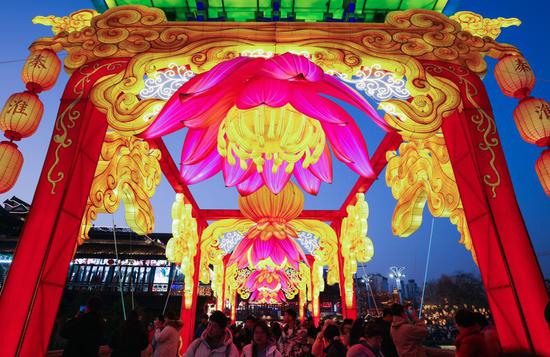
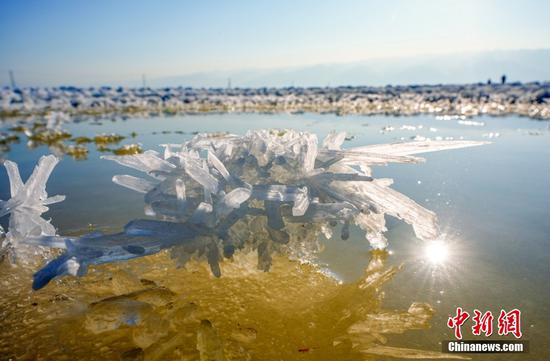
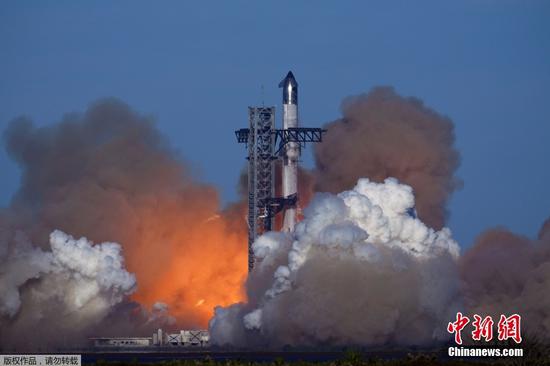
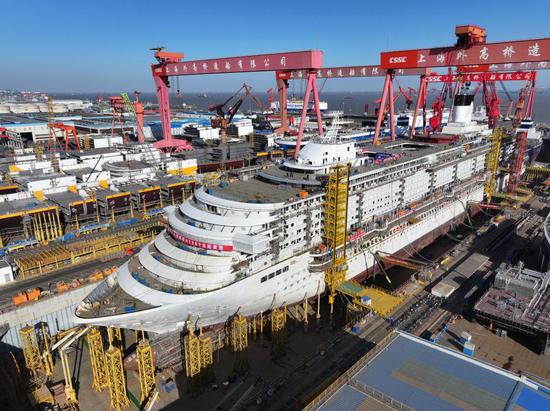
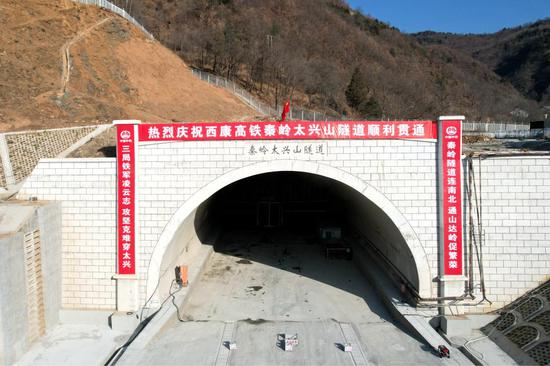


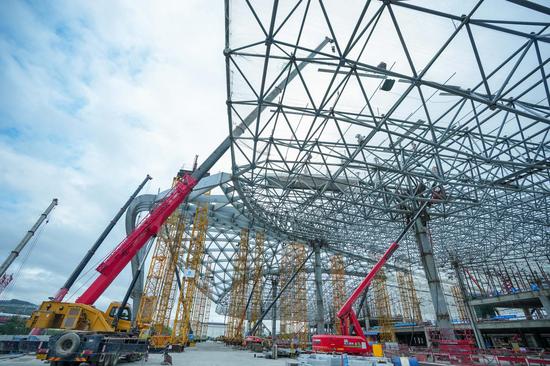
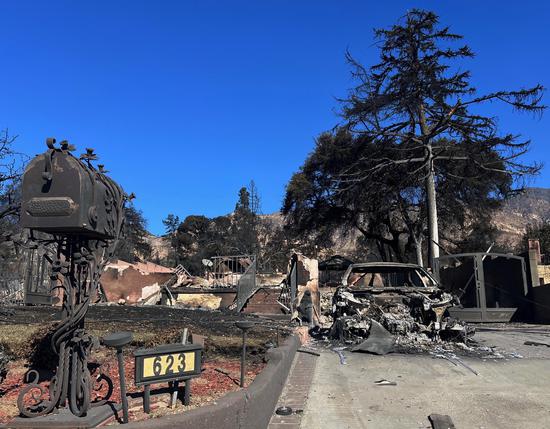

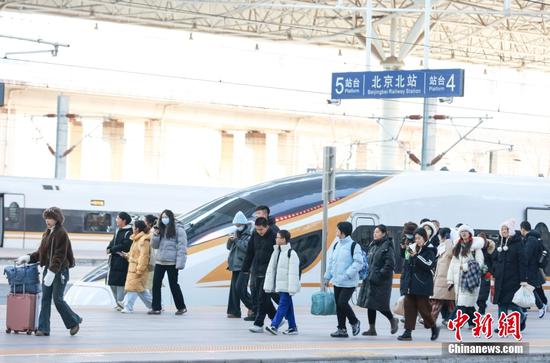


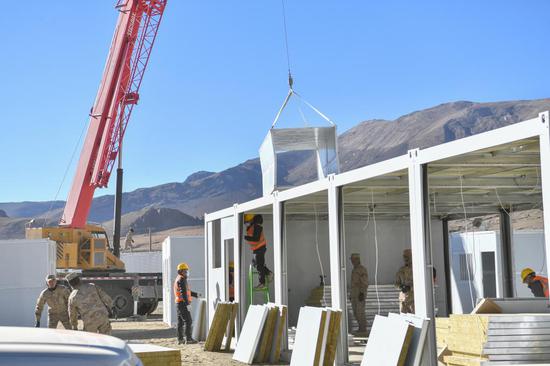
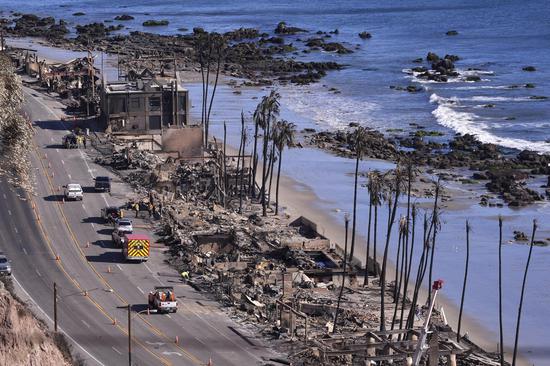


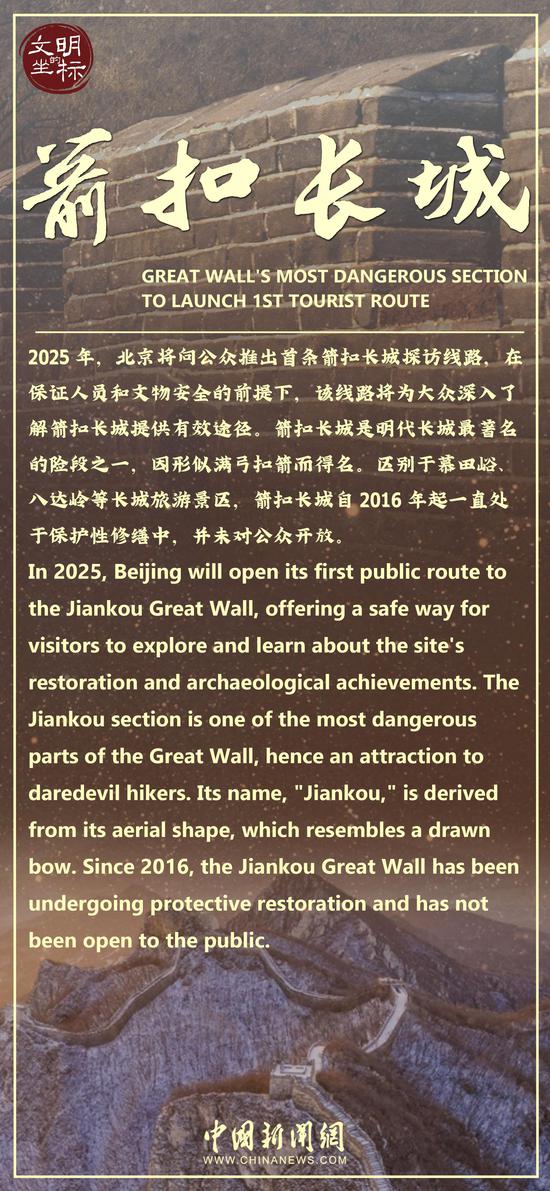
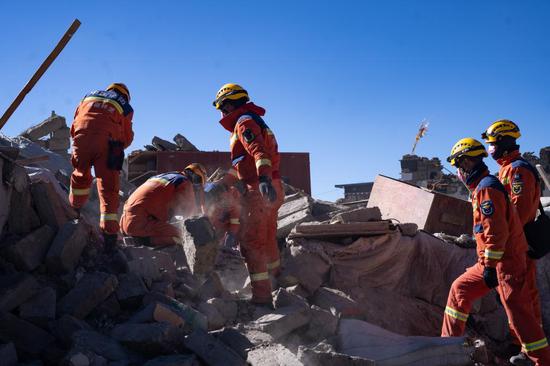


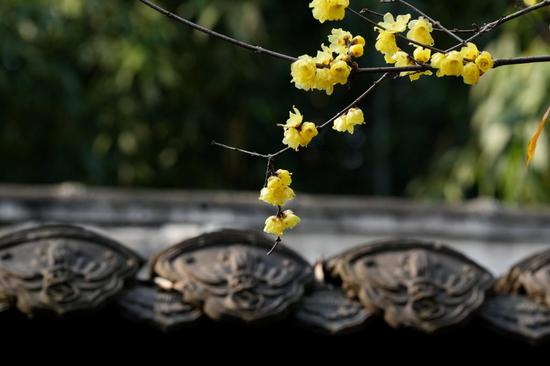
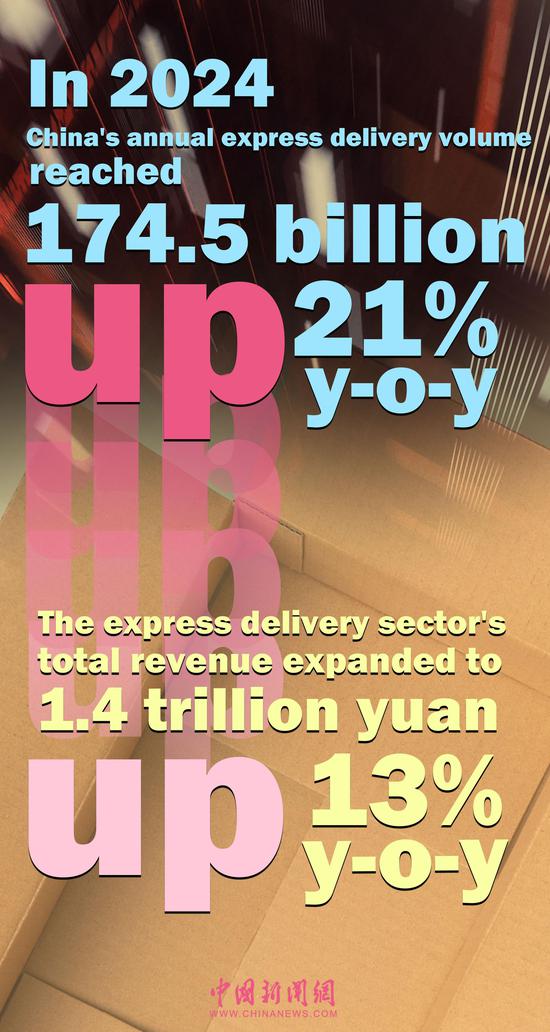





 京公网安备 11010202009201号
京公网安备 11010202009201号